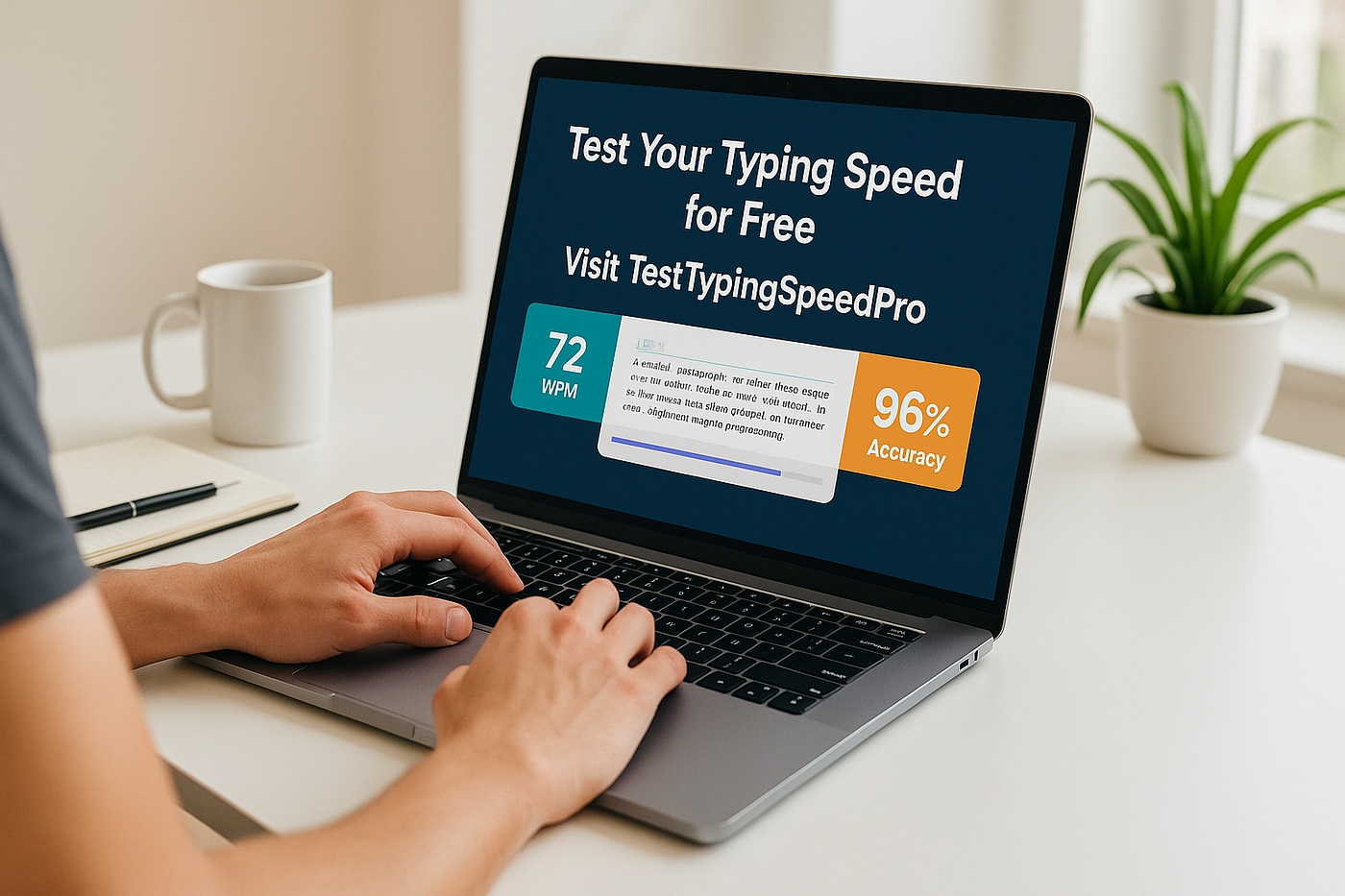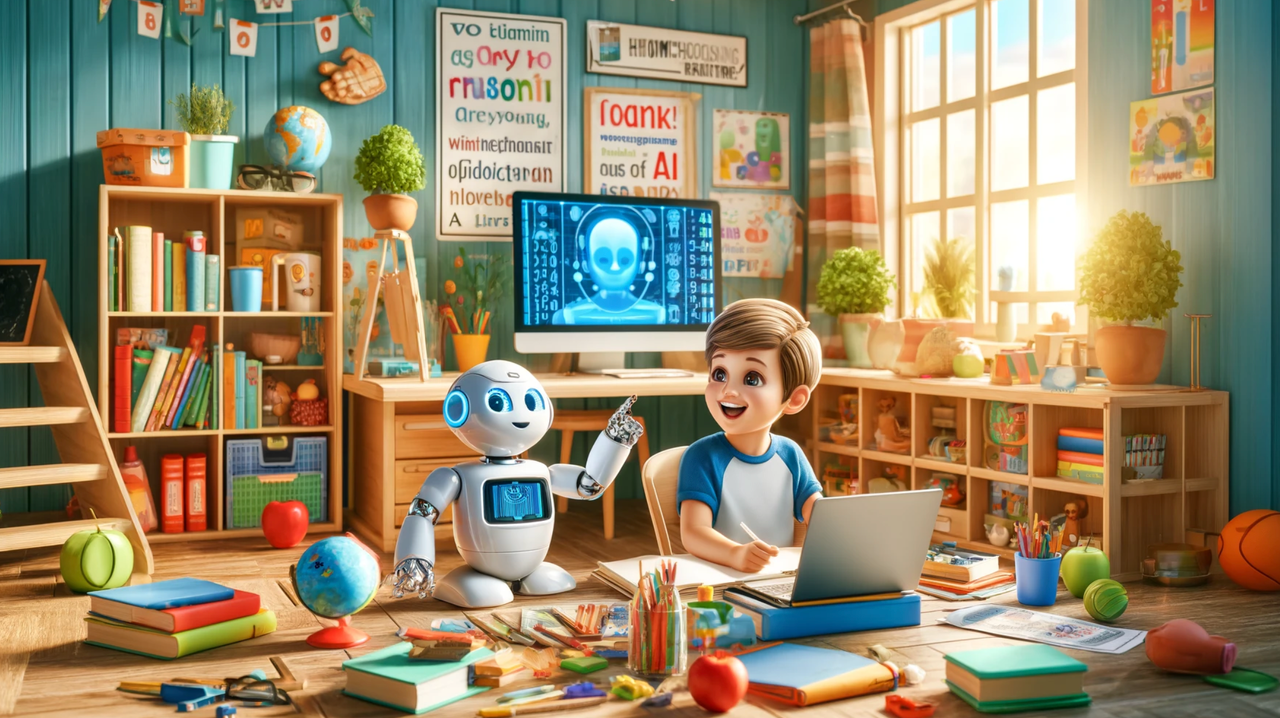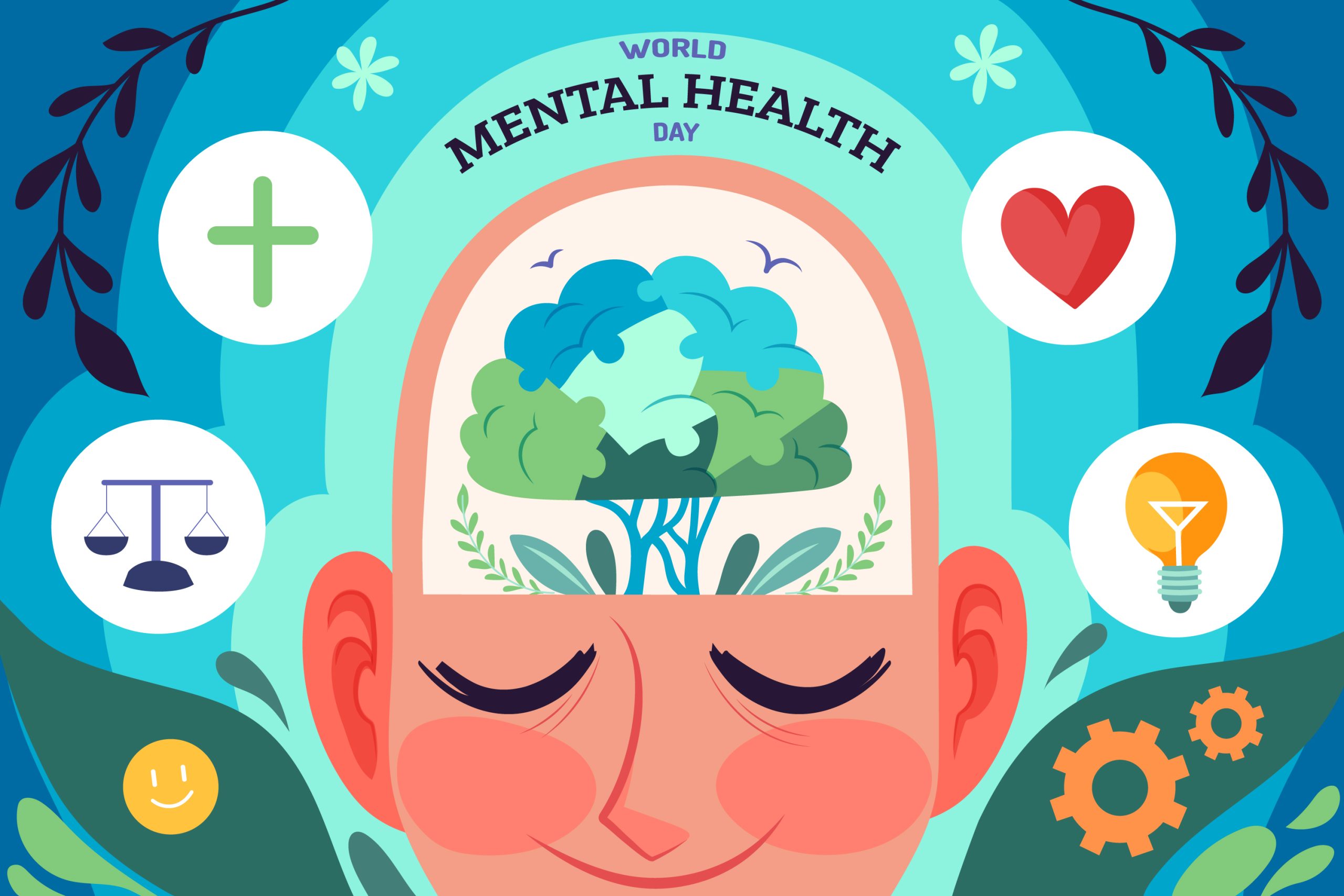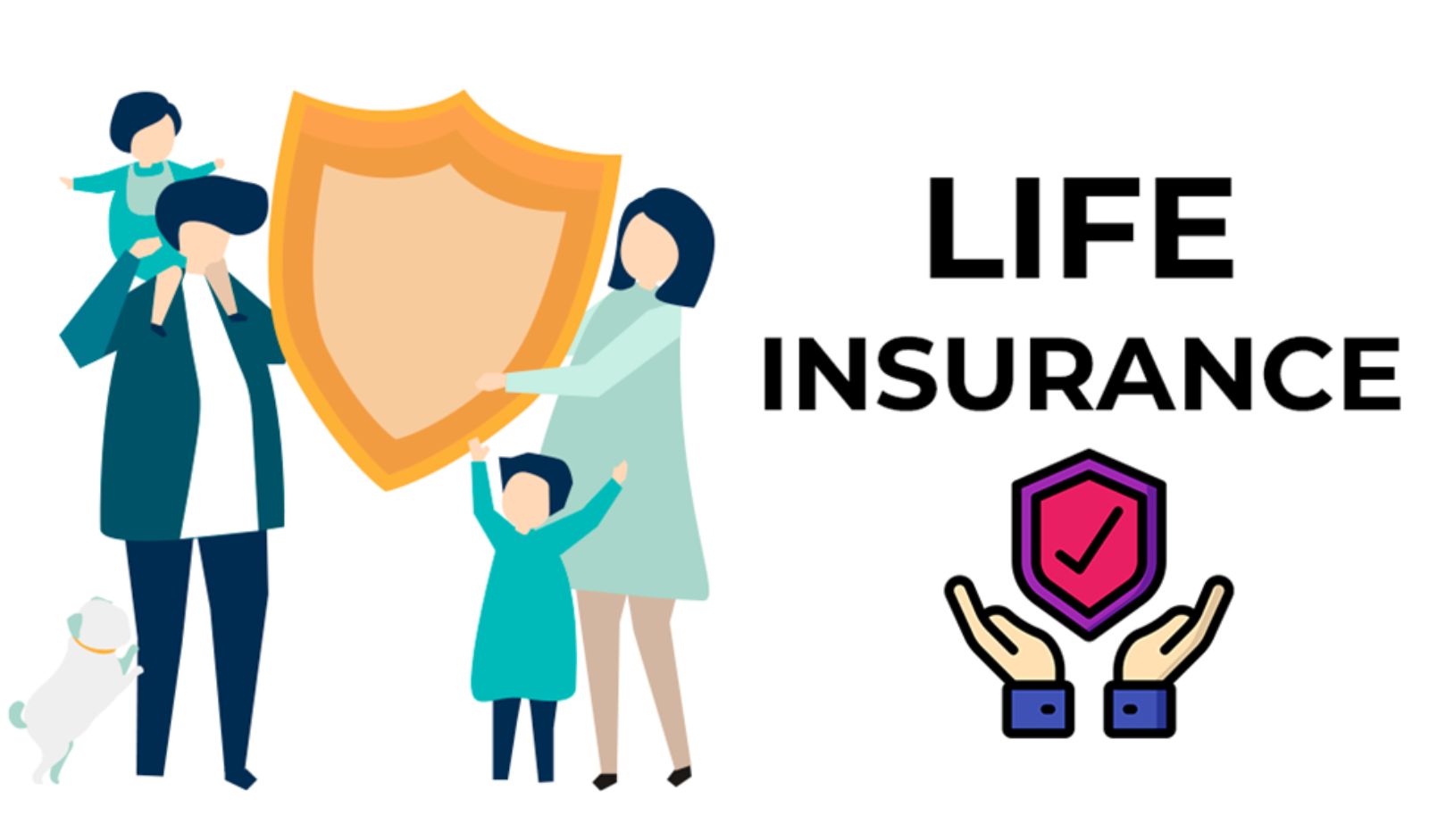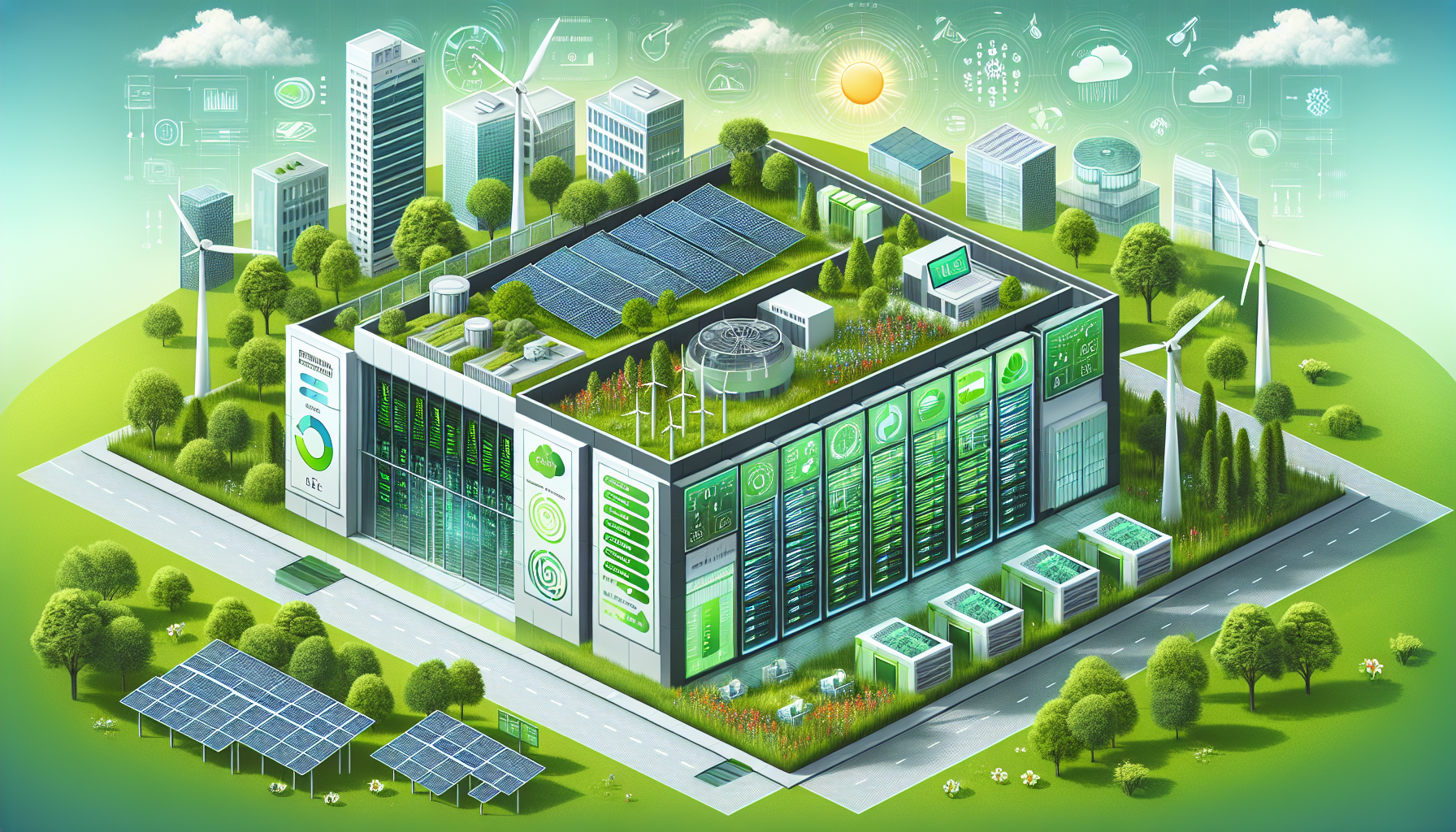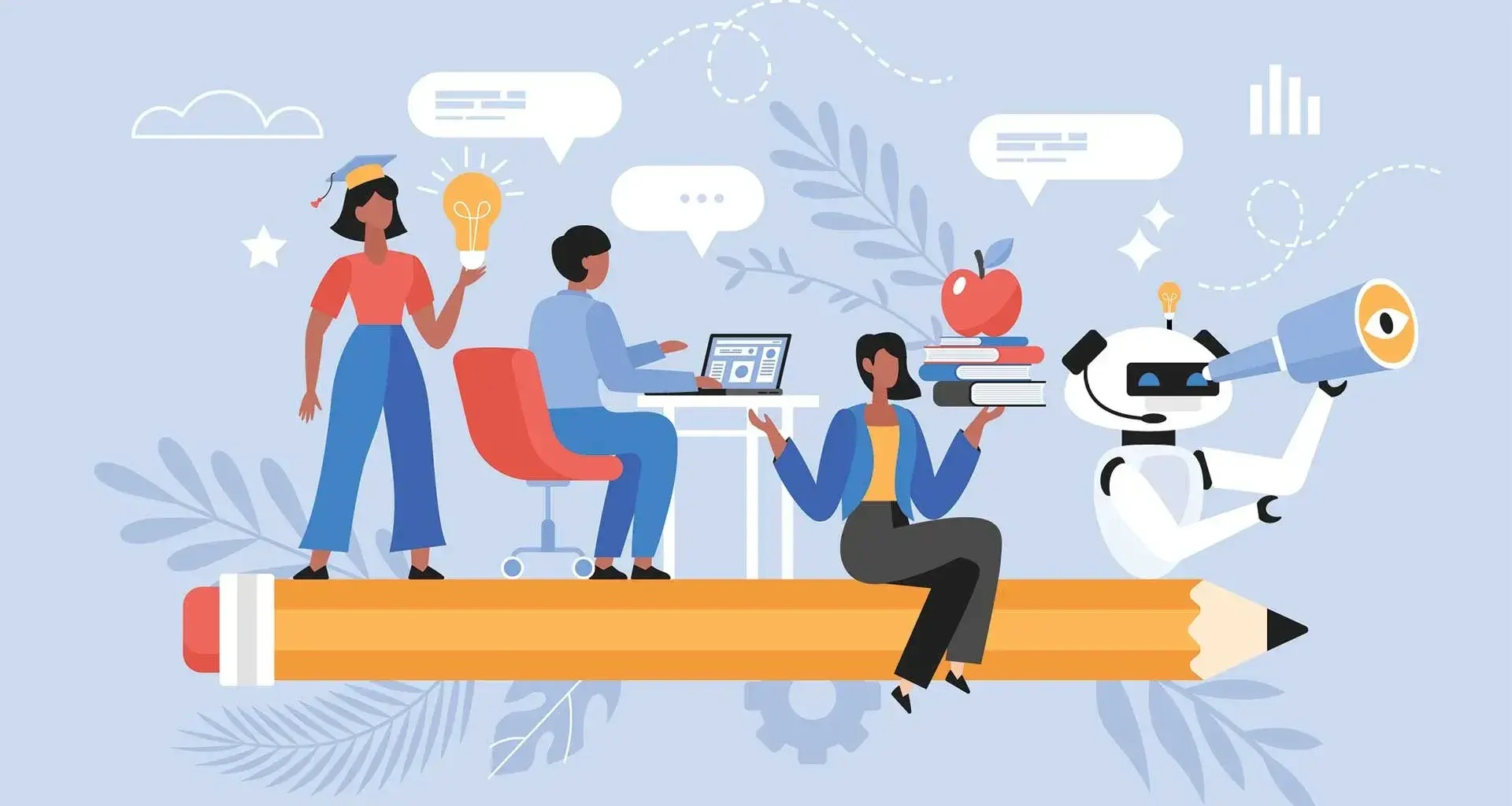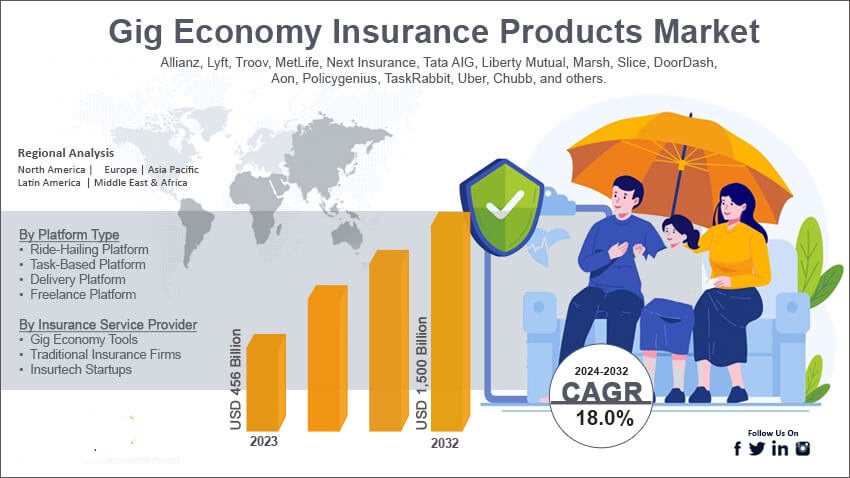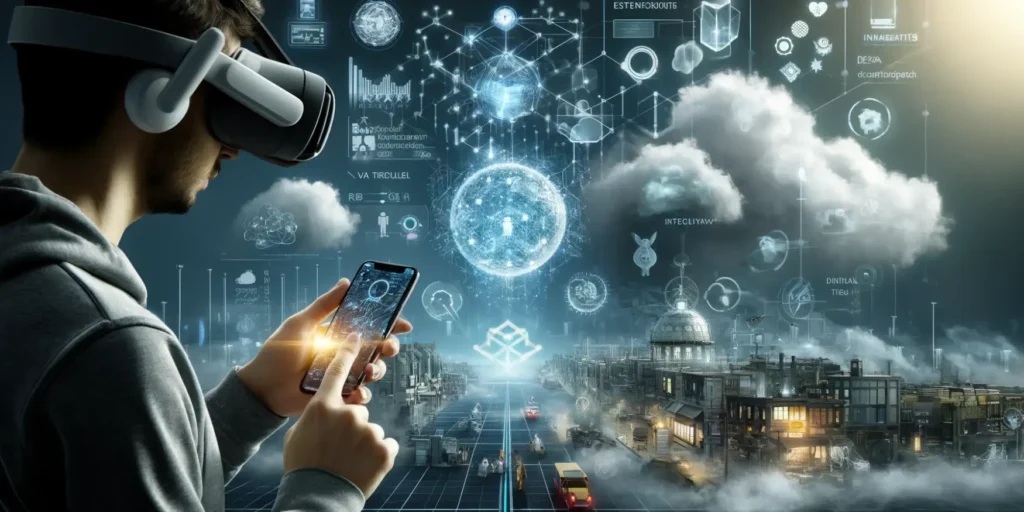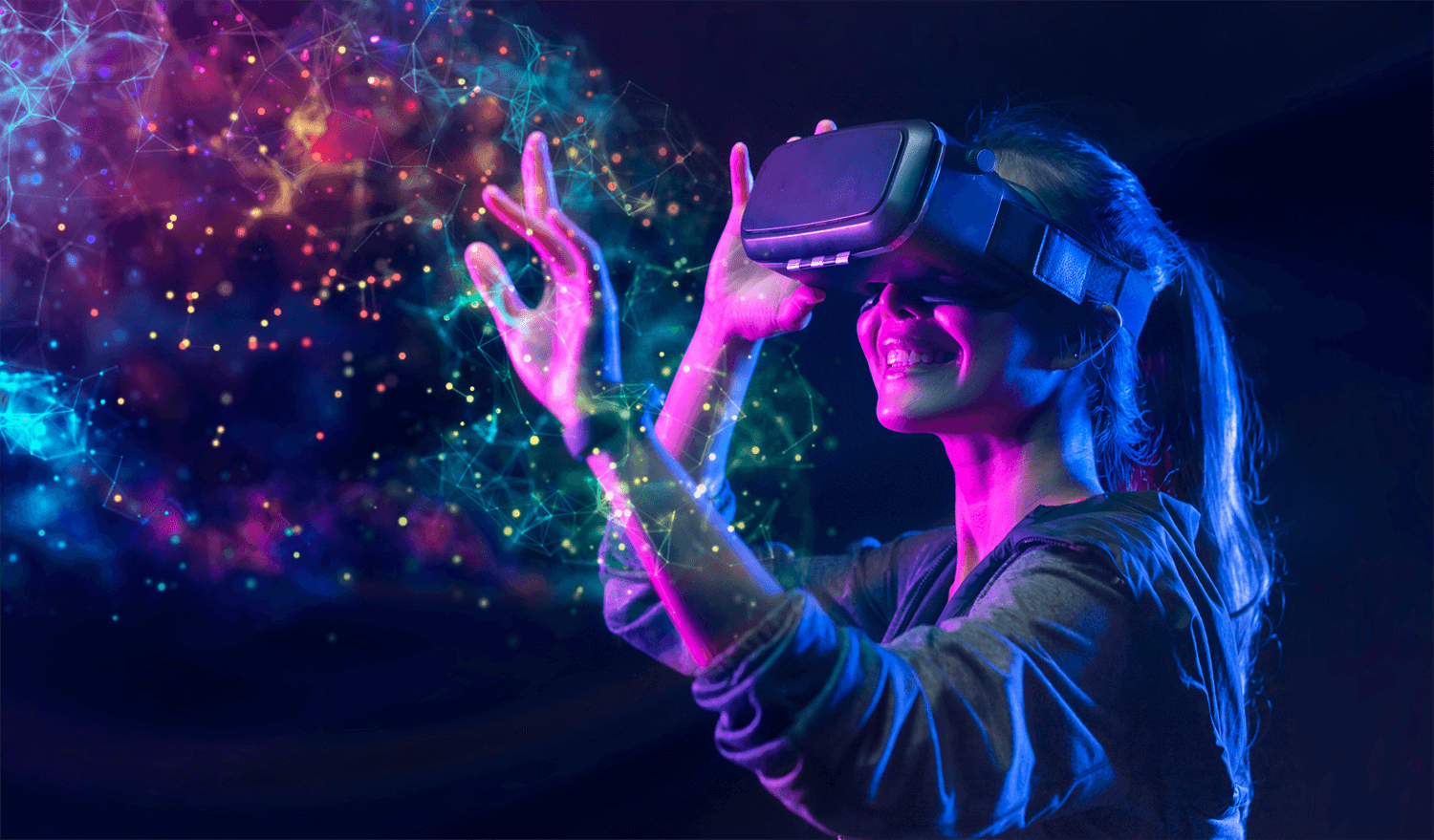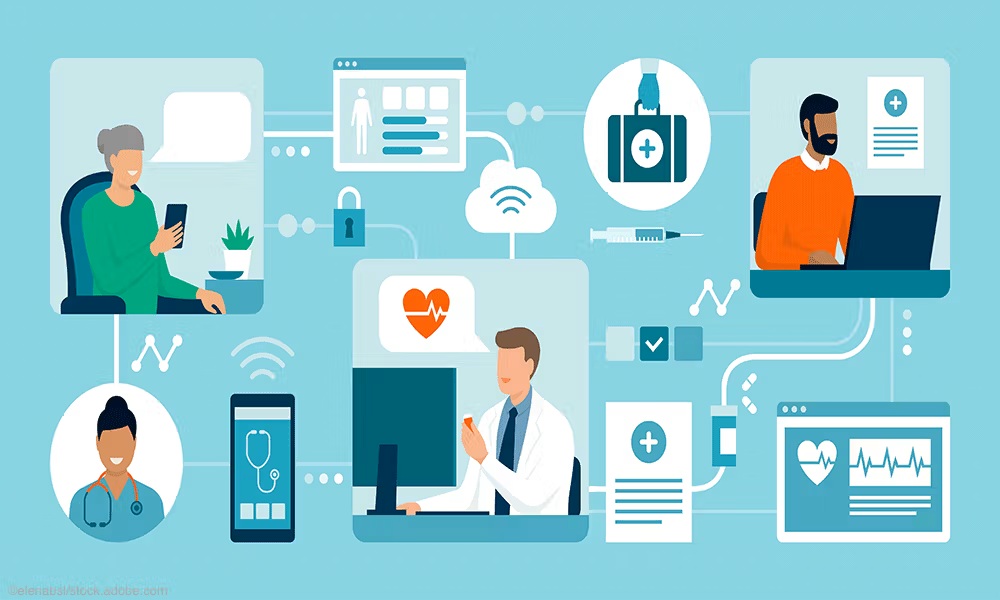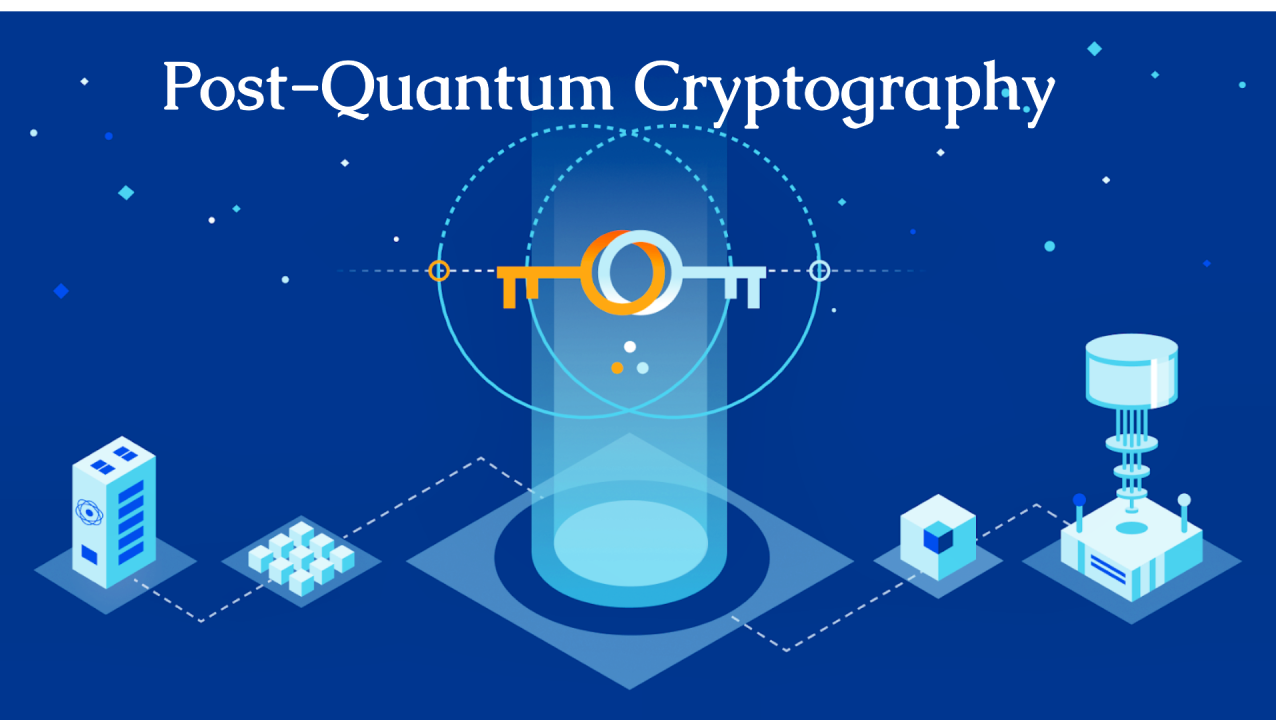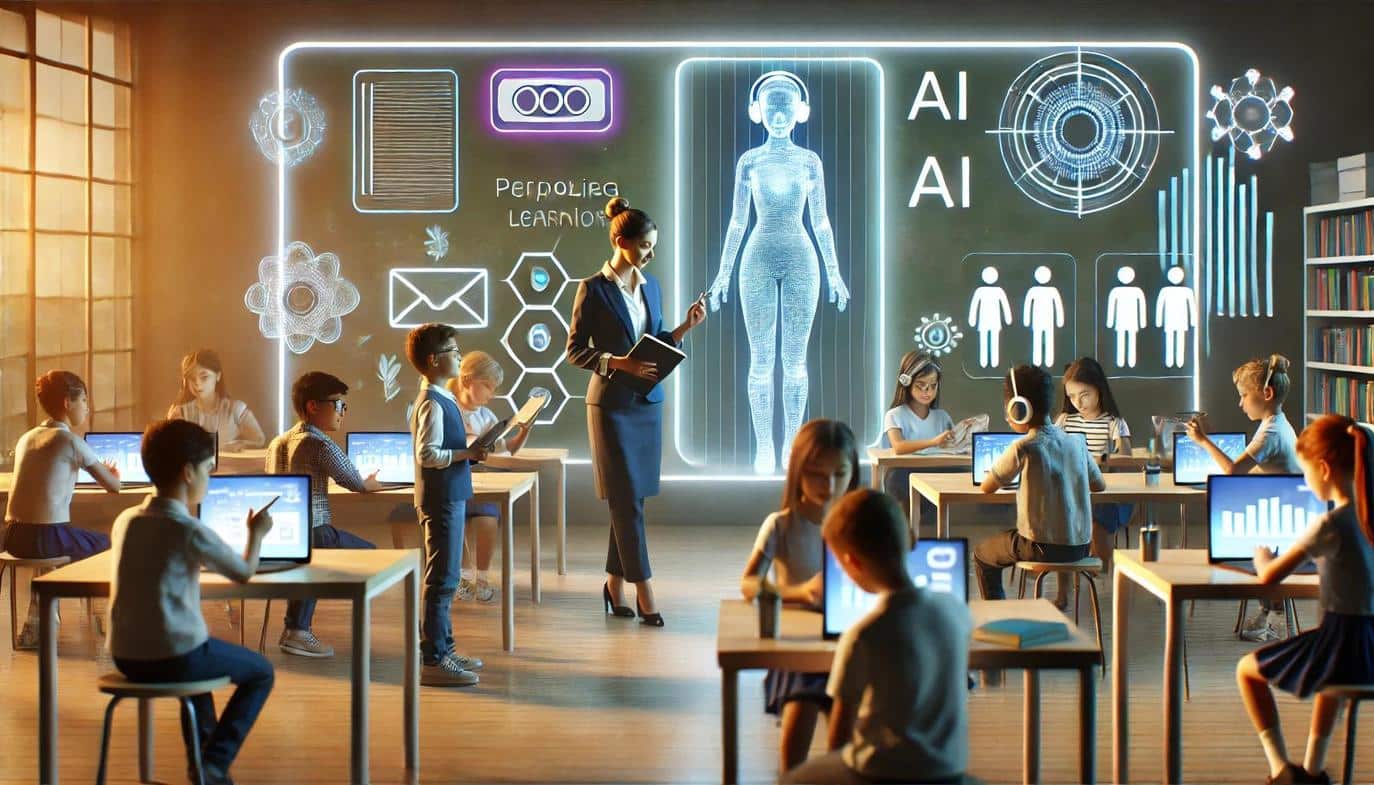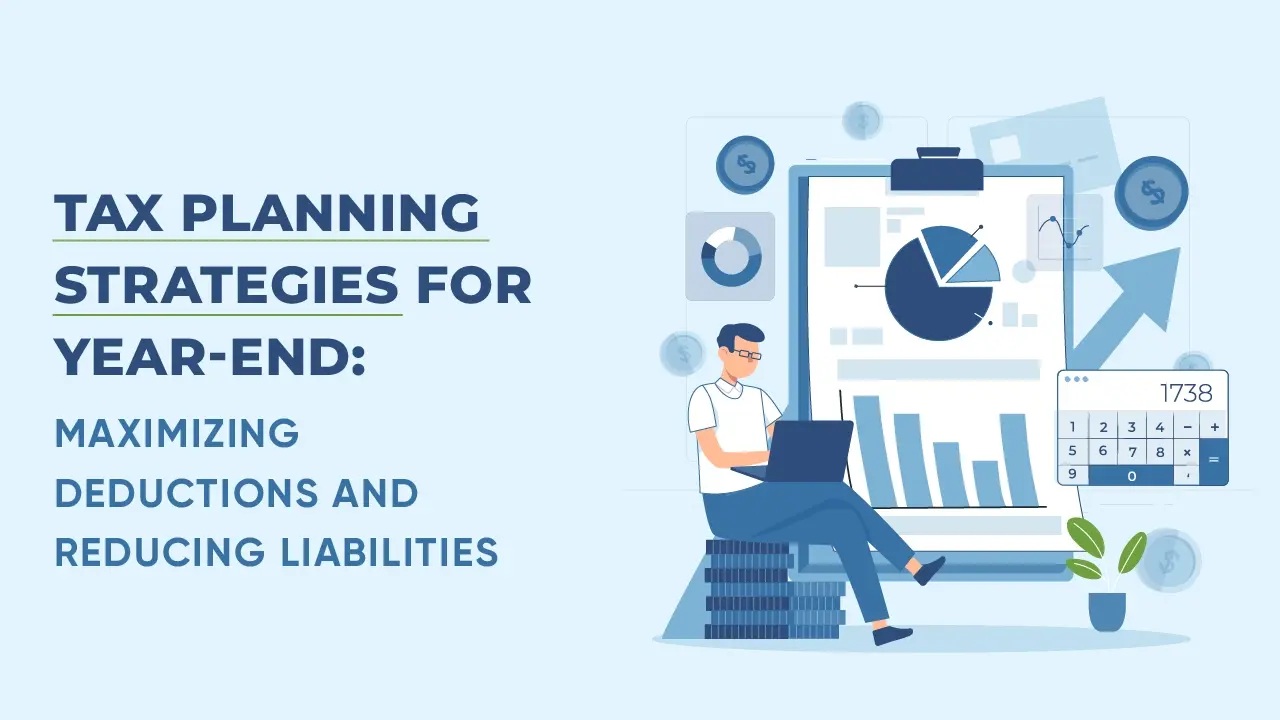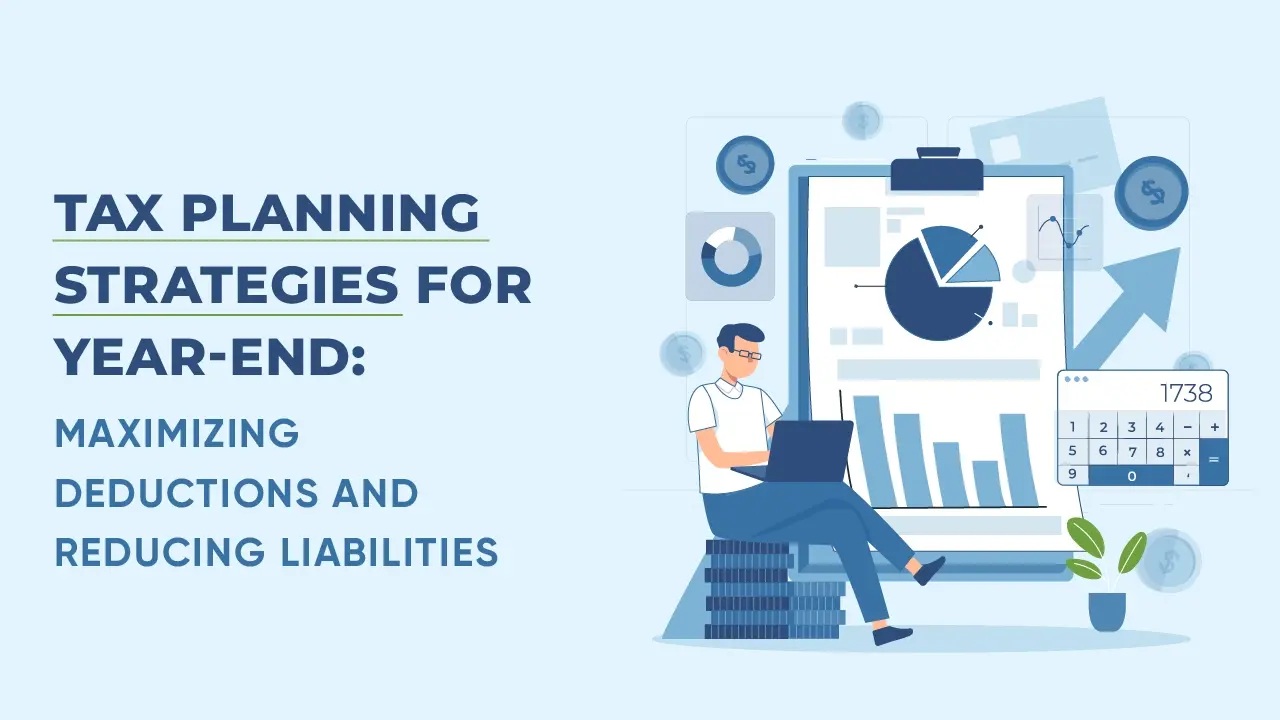Imagine walking through the ruins of ancient Rome, dissecting a virtual frog, or exploring the solar system—without ever leaving the classroom. Sounds futuristic? Not anymore. Virtual Reality (VR) and Augmented Reality (AR) are rapidly transforming how students learn, making education more interactive, engaging, and effective than ever before.
By 2025, VR and AR are not just optional tools but integral parts of modern pedagogy, shaping how we teach everything from history to engineering.
In this guide, we’ll explore how VR and AR are revolutionizing education, the technologies behind them, real-world applications, their benefits and challenges, and what the future holds.
🌐 What Are VR and AR? (H1)
Virtual Reality (VR) Defined (H2)
VR is a fully immersive digital environment that replaces the real world. Students wear VR headsets (like Meta Quest or HTC Vive) to interact with simulated 3D worlds. It’s commonly used for:
- Simulations
- Training environments
- Virtual field trips
Augmented Reality (AR) Explained (H2)
AR overlays digital elements onto the real world through devices like smartphones, tablets, or AR glasses. Think Pokémon Go, but for learning. It’s used in:
- Visualizing anatomy
- Language translation
- Interactive textbooks
Together, VR and AR form Extended Reality (XR), creating a spectrum of immersive learning experiences.
📈 The Growth of VR/AR in Education (H1)
The numbers don’t lie:
- According to Statista, the global AR/VR in education market will exceed $20 billion by 2027.
- Over 70% of U.S. universities have adopted some form of immersive technology.
- Meta, Microsoft, Google, and Apple are investing billions into VR/AR educational ecosystems.
Why this surge? Because immersive tech boosts student engagement, retention, and comprehension like never before.
🏫 Real-World Applications of VR/AR in Education (H1)
1. Virtual Field Trips (H2)
Take students to the Great Wall of China, the bottom of the ocean, or even Mars. VR breaks geographic and financial barriers, offering experiences previously unimaginable.
2. Immersive Science Labs (H2)
Virtual labs let students conduct experiments without safety risks or expensive equipment. Platforms like Labster simulate chemistry, physics, and biology lessons.
3. Medical Training (H2)
Future doctors can practice surgeries in VR with haptic feedback, helping them build skills without harming real patients.
4. Historical Reenactments (H2)
Walk through the trenches of WWI or witness Martin Luther King Jr.’s “I Have a Dream” speech. AR/VR brings history to life.
5. Language Learning (H2)
Conversational VR worlds help students practice new languages with AI-driven characters in realistic environments.
6. AR in Textbooks (H2)
Books come alive with AR—students point a device at a page and see 3D models, animations, and quizzes.
7. STEM Simulations (H2)
AR and VR allow abstract STEM concepts like quantum physics or molecular biology to be visualized and manipulated in 3D.
8. Special Education (H2)
Immersive tech can cater to different learning styles, offering adaptive and personalized learning environments.
🎓 Benefits of VR and AR in Education (H1)
1. Increased Engagement (H2)
Gamified VR/AR experiences make learning fun and interactive, reducing distractions and increasing participation.
2. Better Retention and Understanding (H2)
Studies show students remember up to 80% more information when learned in immersive environments.
3. Hands-On Practice Without Risk (H2)
From welding to neurosurgery, students can practice safely and make mistakes without real-world consequences.
4. Accessibility and Inclusivity (H2)
AR/VR tools support learners with disabilities via voice commands, subtitles, haptic feedback, and more.
5. Real-Time Feedback and Analytics (H2)
Educators can track student performance through built-in assessments and AI analysis, tailoring instruction accordingly.
👩🏫 Use Cases by Education Level (H1)
1. K-12 Schools (H2)
- Interactive storytelling
- Virtual biology classes
- History adventures
2. Higher Education (H2)
- Engineering simulations
- Architecture walkthroughs
- VR chemistry labs
3. Vocational Training (H2)
- Automotive repair in VR
- AR safety instructions for welders
- Medical assistant simulations
4. Corporate Training (H2)
- Soft skills development
- Customer service training
- Workplace hazard recognition
📚 Top VR/AR Education Platforms in 2025 (H1)
- Google Expeditions: Offers immersive field trips
- Labster: VR science labs for high schools and universities
- zSpace: Combines AR with STEM-focused learning
- Tilt Brush / Gravity Sketch: Creative VR tools for design and art students
- Unimersiv / ClassVR: Broad libraries of VR educational content
- ENGAGE: A metaverse-style platform for virtual classrooms
💼 How Schools and Universities Are Implementing AR/VR (H1)
1. Curriculum Integration (H2)
VR/AR modules are now part of STEM, language arts, and history curricula. Teachers are trained in immersive pedagogy.
2. Infrastructure Investment (H2)
Institutions are investing in VR labs, AR-enabled classrooms, and 5G internet to support immersive learning.
3. Faculty Training (H2)
Workshops and certifications help educators adopt and integrate the tech effectively.
🚧 Challenges of Implementing VR and AR in Education (H1)
1. Cost (H2)
VR headsets and software can be expensive, although prices are dropping.
2. Technical Barriers (H2)
Reliable Wi-Fi, device compatibility, and IT support are essential.
3. Content Quality (H2)
Some educational apps are poorly designed or outdated. Quality control is needed.
4. Health Concerns (H2)
Motion sickness, eye strain, and overexposure are valid issues, especially for younger students.
🔮 The Future of VR/AR in Education (H1)
1. Smart Glasses in Every Classroom (H2)
Lightweight AR glasses will replace tablets and laptops, providing real-time overlays and assistance.
2. AI-Driven Personal Tutors (H2)
AI will customize VR/AR lessons based on student performance and preferences.
3. Immersive Exams (H2)
Instead of written tests, students will solve real-world problems in simulated environments.
4. Global Classrooms (H2)
Students from around the world will collaborate in virtual classrooms, breaking geographic boundaries.
5. Lifelong Learning in VR (H2)
As the job market changes, VR/AR will be key in reskilling adults quickly and effectively.
📌 How Educators Can Get Started (H1)
1. Pilot a VR/AR Lesson (H2)
Start small—use a free app or demo experience with your class.
2. Choose the Right Hardware (H2)
Meta Quest 3, HTC Vive, Magic Leap, and iPads with ARKit support are popular choices.
3. Explore Content Libraries (H2)
Use platforms like Google Arts & Culture, Unity Learn, or CoSpaces for prebuilt modules.
4. Train Teachers (H2)
Host staff development days focused on XR in education.
5. Gather Feedback (H2)
Evaluate student engagement, outcomes, and comfort to optimize your approach.
💬 FAQs: Your Top Questions About VR/AR in Education (H1)
1. Can students use VR at home for homework?
Yes, many VR platforms are compatible with home devices, and schools often loan headsets.
2. Is VR safe for children?
Generally, yes, but sessions should be limited to avoid motion sickness or eye strain. Most manufacturers recommend use from age 12+.
3. Do teachers need to know coding?
Not at all! Many platforms offer drag-and-drop tools and user-friendly interfaces.
4. Is AR more accessible than VR?
Yes, because AR works on smartphones and tablets students already own.
5. How much does it cost to implement AR/VR in schools?
It depends, but basic setups can start at $500 per headset, with discounts for bulk purchases and grants available.
🧭 Conclusion: Embrace the Future of Learning
The future of education isn’t in a book or behind a screen—it’s all around us. VR and AR are not just technological gimmicks, but powerful tools that can ignite curiosity, foster creativity, and enhance understanding like never before.
From elementary schools to corporate training rooms, immersive learning is reshaping how we teach and how we learn. As we step into 2025, educators and institutions must embrace this change—not as a trend but as a transformation.
The Rise of Spatial Computing: A Glimpse into the Future of Technology


